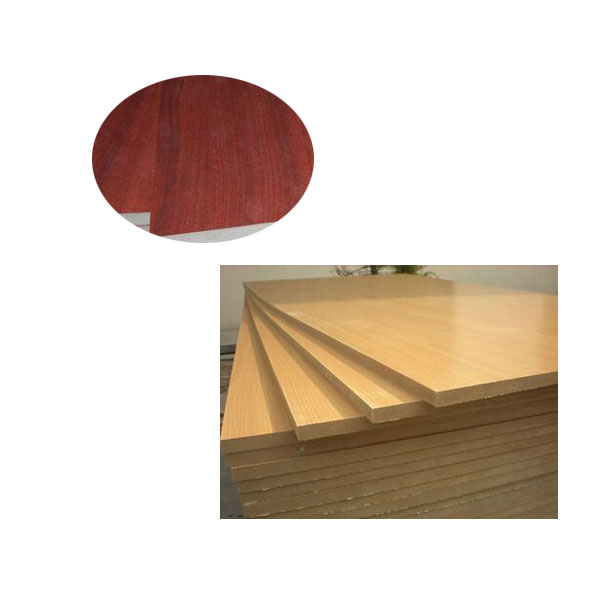In 2013, the RMB continued to appreciate rapidly. According to the middle price, the cumulative appreciation in the first three quarters was 2.24%. According to the data released by the Bank for International Settlements, the nominal effective exchange rate and the effective effective exchange rate of the RMB increased by 6.3% and 6.6% respectively.
However, the Green Paper analysis believes that the strong appreciation of the renminbi lacks fundamental support:
First, the rapid appreciation of the renminbi is not based on strong economic growth. In the second quarter of 2013, economic growth unexpectedly declined. Although it stabilized and rebounded in the third quarter, the rebound momentum was not stable. In September 2013, key economic indicators such as industry, consumption and investment fell, and exports that had a significant impact on the exchange rate appeared. Negative growth year-on-year.
Second, the overseas dollar-to-renminbi non-deliverable forward foreign exchange (NDF) quotation continued to be higher than the domestic dollar-to-renminbi spot exchange rate during the same period, indicating that the overseas market has been expected to depreciate.
Third, the pressure on cross-border capital inflows has slowed down. In the first quarter of 2013, capital and financial projects had a surplus of $90.1 billion and reserve assets increased by $157 billion. In the second quarter, the capital and financial account surplus narrowed to $28.6 billion, and reserve assets increased by $46.6 billion.
Fundamental changes are difficult to give a reasonable explanation for the rapid appreciation of the renminbi. The Green Paper believes that the exchange rate arrangement of the RMB against the US dollar and the market psychological factors are the main reasons for the accelerated appreciation of the RMB.
According to the analysis of the Green Paper, from the trend of the year, the RMB has accelerated in two rounds of appreciation against the US dollar. First, from April to May 2013, the exchange rate mid-price appreciation rate was 1.44%. Second, September-October 2013, October 24 The median price of the Japanese exchange rate rose by 0.61% from the end of August. Both of these two rounds of strong appreciation of the renminbi have a background of a lower dollar.
Since the end of 2012, non-US dollar currencies have depreciated against the US dollar in the international market. The yen has depreciated by more than 20%. European currencies have generally depreciated by 3% to 5%, while commodity currencies have depreciated by 8% to 10%. As the exchange rate of the RMB against the US dollar rose steadily, the effective exchange rate of the RMB rose sharply.
At the beginning of September, the market reversed the expectation of the Fed's QE exit, the US dollar index fell sharply, and the RMB exchange rate against the US dollar accelerated again. In addition, in the two rounds of rapid appreciation of the renminbi, market psychological factors have played a key role. The spot exchange rate of the RMB determined by the market has experienced a daily limit in the intraday trading.
According to the analysis of the Green Paper, from the experience point of view, exchange rate fluctuations driven by market expectations and speculation, if there is no fundamental support, there will be overshoot. The over-adjustment of the RMB exchange rate means that the short-term fluctuation of the RMB exchange rate exceeds the long-term stable equilibrium value and is thus followed by an opposite adjustment. If the renminbi continues to appreciate rapidly, there may be a “super-lift†and there may be a danger of a sharp turn in the future. In 2014, the Fed’s possible exit from the QE policy will boost the dollar and exacerbate the risk of RMB depreciation.
Melamine Laminated MDF board is mainly used for laminate floor, door sheet, partition, furniture, decoration of indoor&outdoor, office and home furniture, sould equipment, inside decoration of the car, antistatic floor of computer room, panel, security door, wall board etc, and also used for the package and the basic material of laminate Wood Flooring .
Melamine Laminated MDF Board is easily for coating finishing, every coating, oil paint are also on the surface of Melamine Laminated MDF , is the fist choice as the basic material of painting effects.Melamine Laminated MDF is one kind of beautiful material of decoration. Smooth and flat surface, fine texture, steady property. All kinds of venner, gummed paper, light metal plate, melamine paper etc, is also can on the surface of the Melamine Laminated MDF. Melamine Laminated MDF is made from acoustical board after drilling, is used in construction decorative progress, such as meeting room, displaying room, office etc. And we have Furniture Melamine MDF Board.
LULI Group Corp. Ltd, well known as the leading manufacturer for wooden, steel and paper products, located in Shouguang, Weifang, Shandong, China. Since the foundation in 1985, it focus on the production of Plywood , venner,MDF board, Particle board, Door Skin , Blockboard , Finger joint board, OSB , paper, Steel etc.
Melamine MDF Details:
size:1220*2440MM 1830*3660MM 1830*2440MM 915&610*3660MM 1220*2800MM 1525*2440MM
THICKNESS:2MM-35MM
MATERIAL:POPLAR, COMBINE, PINE
GLUE:E0, E1, E2, FIRE-PROOF
CERTIFICATION:CARB, FSC, CE, SON CAP

Melamine Mdf
Melamine Laminated MDF,Plain Melamine Mdf,Melamine MDF Board,Furniture Melamine MDF Board
Luli Group Co.,Ltd. , https://www.cnluli.com